What is a Transducer?
A transducer converts or transforms one form of energy into another. It does so by the process known as transduction.
In typical and general cases, the device changes a signal from one of its states into another one. Let us take an example. A transducer can convert electrical energy to a mechanical form of variation.
In most scenarios, a transducer finds application with the margins and confines. They can be of different and distinct measurements, control systems, and automation. The electrical instrument can operate on a few conditions, specifications, and environments.
For instance, a transducer can function when a provided signal or electrical energy faces transformation. It can be from a single state of any given physical quantity to another variation. It can entail motion, light, force, position, torque, etc.
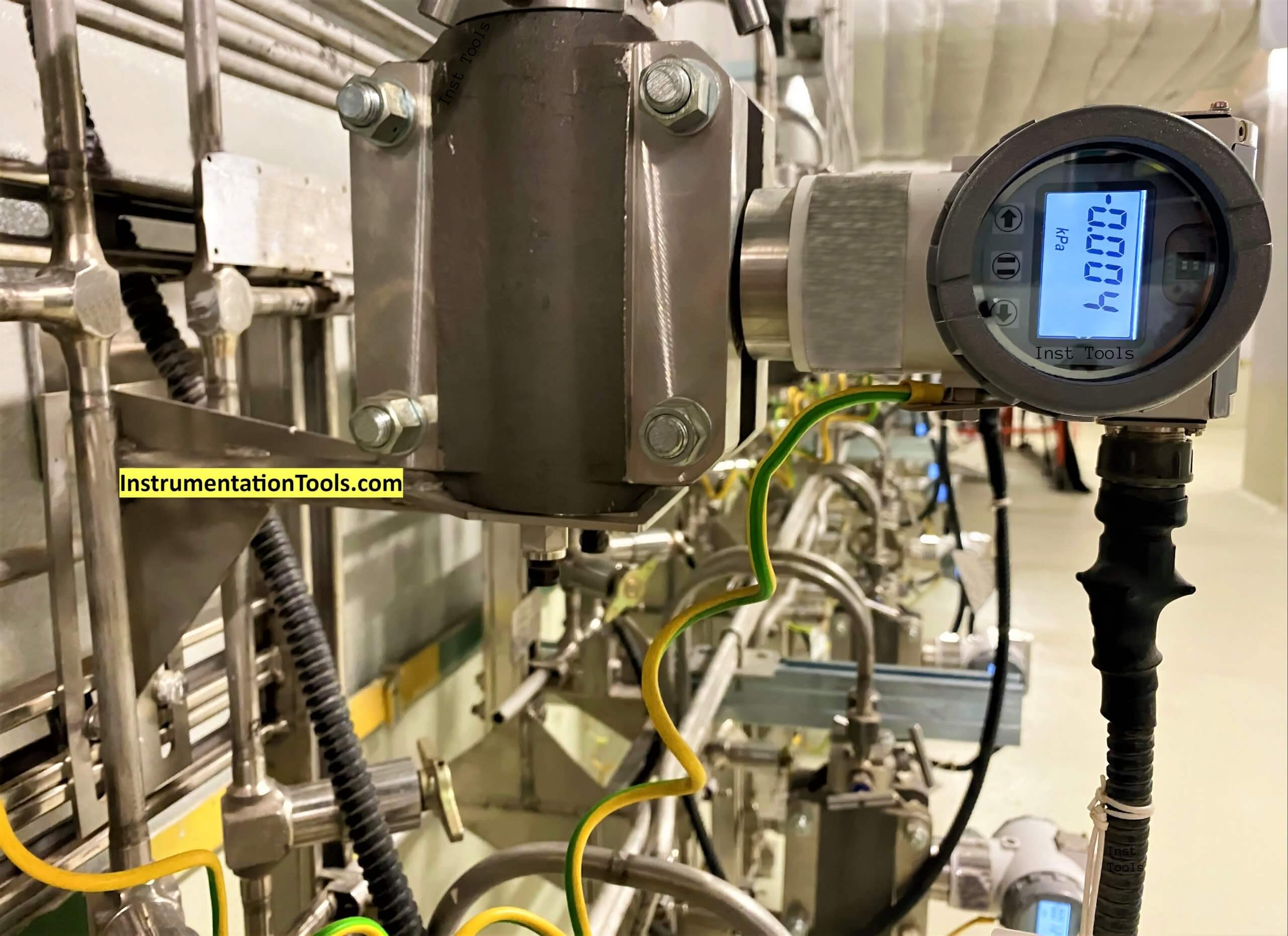
What is a Sensor?
A sensor is another electrical instrument that falls under one of the categories of a transducer. It works by receiving the stimulus or signal from a particular and given physical system. The device then generates and transmits a response for it.
The gadget creates and develops a signal to get returned. It represents and illustrates the data of the complete arrangement. This approach can find application in various types or categories of systems associated with the statistical, telemetric, or control aspects.
A sensor can perceive distinct changes and variations occurring in its environment. After discovering the alterations, the device sends the gathered and interpreted data to another version or state of the electronics.
In typical cases, the latter comprises a computer processor. On the other hand, manual deciphering done by a human being is also an option.
What are the Different Categories of Transducers?
It is possible to categorize a transducer and divide it into unique kinds based on various parameters. In this article, we will discuss a few types of transducers.
The first basis or reason of classification can entail the manner or process in which the electrical instrument works and functions. The way it operates and the results provided can further fall under this category.
If we use the mentioned basis, a transducer can get divided into the two following types:
Mechanical Transducer
A mechanical transducer can convert a physical quantity. It can change it to the form of its mechanical counterpart.
Electrical Transducer
An electrical transducer can convert a physical quantity. It can change it to the form of its electrical counterpart.
Furthermore, a transducer can go through further categorization depending on the type of operation it performs. In such cases, it can get classified into:
Input Transducer
An input transducer converts a given form of a particular physical quantity or parameter into a signal that can get read and deciphered.
A microphone is a type of input transducer. It takes in the generated and created sound waves, converting them into a signal in its electrical form.
Following that, the element or variable can get transported or transferred to the signal amplifier. It can get done using a wire connection mechanism or system.
Output Transducer
An output transducer works in a way or fashion that is the complete opposite of the operation style of an input transducer. It takes the received signals in their electrical form and converts them into another energy form or version.
A lamp is a type of output transducer. It utilizes electricity to convert it and produce light energy.
What are the Different Categories of Sensors?
A sensor, like a transducer, can also get categorized into several kinds, a few of which include:
Position Sensor
A position sensor assesses the distance and linear or angular position. It is of a body that moves from its reference point. It does so by associating and contrasting the final value with a specific location.
Additionally, it can compute the position and presence of an object.
Strain Gauge
A strain gauge determines the value of the strain or force. The degree or extent of the applied force can change its resistance and lead to several electrical outputs.
It helps to compute the value of weight, pressure, and tension.
Flow and Level Switch
A flow and level switch gauges a liquid or solid substance-using current, relay, or millivolt outputs.
Vibration Sensor
A vibration sensor assesses the vibration frequency of a system, equipment, or machine. The acquired values help to determine issues like imbalance and correct them.
Photo Optic Sensor
A photo optic sensor computes the presence and distance of any object. It uses a photoelectric receiver paired with a light transmitter to do so.
Humidity Sensor
A humidity sensor determines the state and condition of air humidity at any given place and time.
Force Sensor
A force sensor estimates the magnitudes of strain, compression, force, and load.
Pressure Sensor
A pressure sensor controls various electrical devices and appliances. Additionally, it computes the speed and flow of a fluid indirectly.
Fluid Property Sensor
A fluid property sensor assesses the proportionate and dynamic relationship between various physical properties. It helps estimate the fluid’s contaminant load, condition, and quality.
Piezo Sensor
A piezo sensor produces an electrical signal by altering pressure and acceleration. Furthermore, it computes the change in acceleration, pressure, and strain.
Temperature Sensor
A temperature sensor estimates the temperature changes in all states of matter.
What are the Differences Between a Transducer and a Sensor?
The following are the parameters that differ between the sensor and transducer.
- Nature
A transducer is like a translator, while a sensor is like a detector.
- Components
A transducer has a signal conditioner and sensor. A sensor has no such parts.
- Performance Complexity
A transducer’s operation is more complex than that of a sensor.
- Feedback System
A transducer gives feedback to a particular system using an output device. It does so after the processing in the signal conditioner part.
On the other hand, a sensor does not have the ability and capability to do so.
- Output Signal
A transducer alters the output signal to change it to an electrical form. A sensor does not make any conversions.
Read Next:
- MCQ on Sensors & Transducers
- Types of Sensors and Transducers
- Compare Transmitter and Transducer
- Control System MCQ Test Questions
- Measurements Instrumentation MCQ
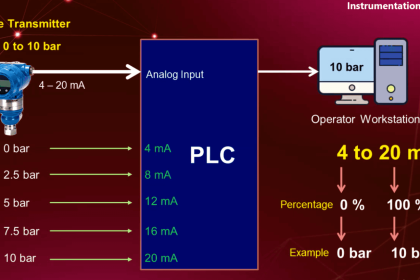


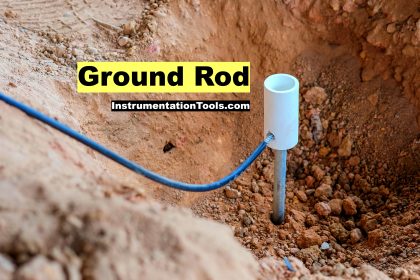
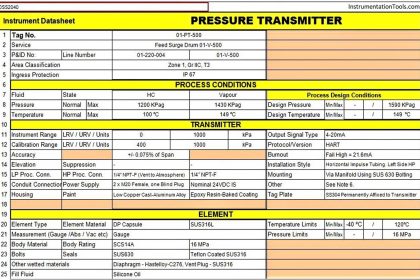
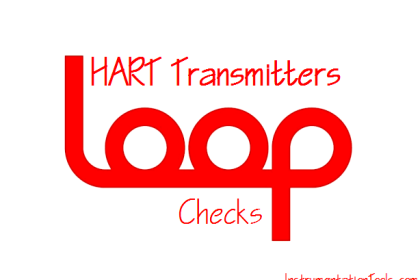
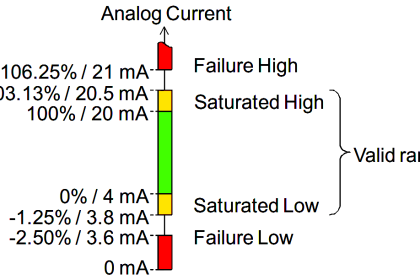


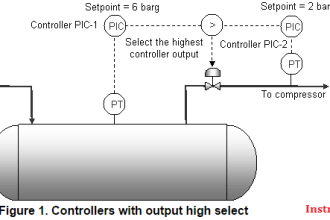
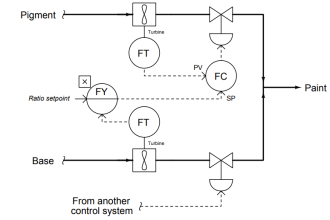
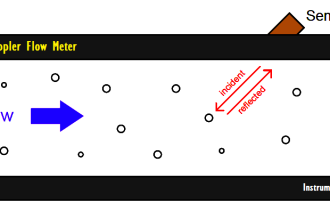
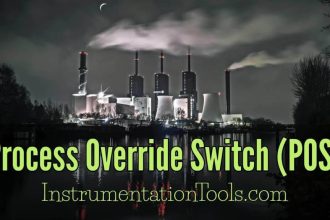
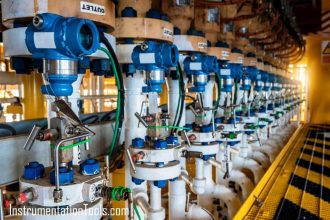
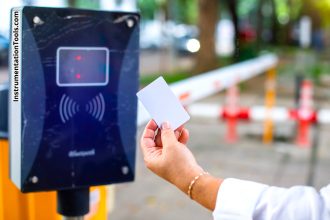


Thanks